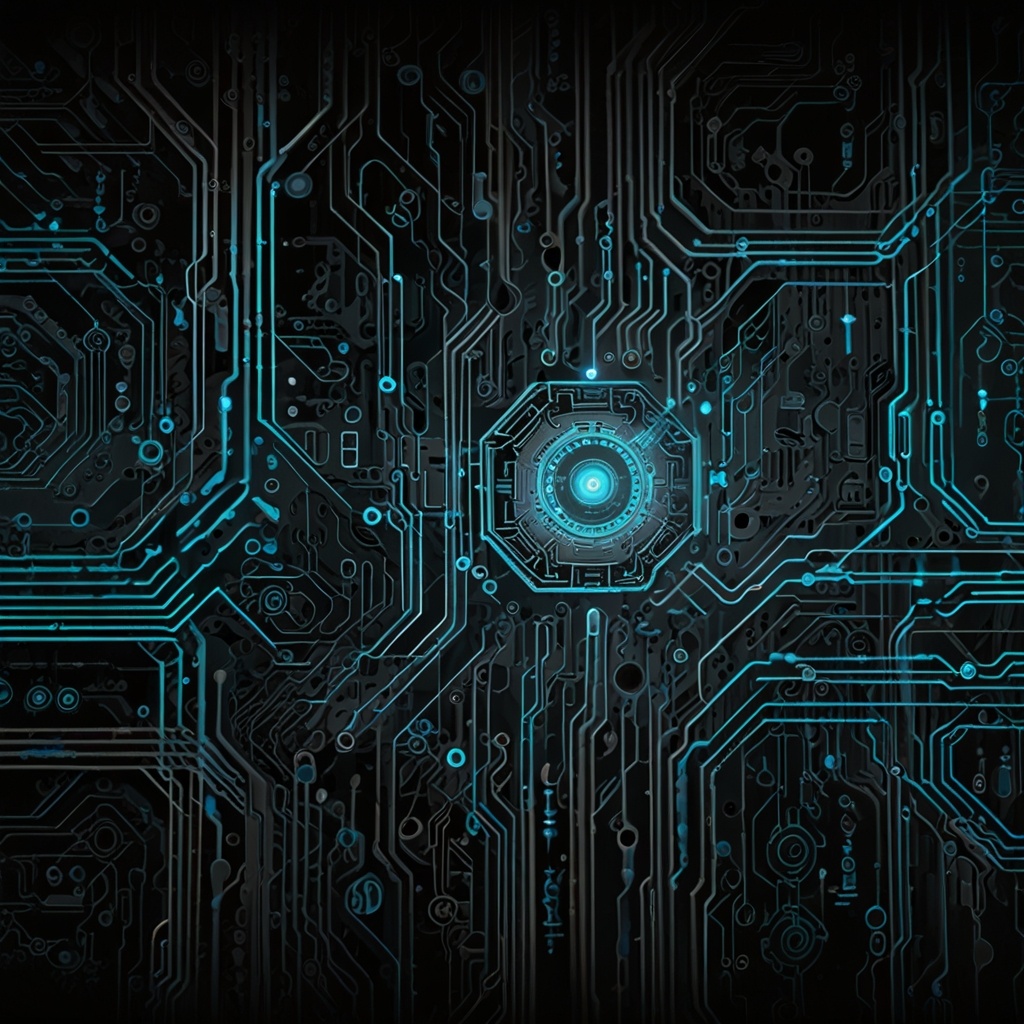In today’s digital-first world, social media has become the centerpiece of brand communication, personal influence, and community engagement. Yet the constant demand for fresh, engaging, and targeted content presents a major challenge. AI-driven content creation offers a powerful solution automating and enhancing everything from post generation to audience targeting. Leveraging technologies such as natural language generation (NLG), computer vision, and generative models, AI is revolutionizing how content is ideated, created, and optimized. This study explores the capabilities, tools, benefits, and future of AI-powered content creation for social media.
Traditional content creation relies on human creativity, intuition, and manual labor copywriting, design, and scheduling. While highly effective for brand voice and storytelling, it lacks scalability. AI introduces automation and augmentation, allowing creators to generate high-quality, platform-specific content rapidly and in large volumes, while maintaining relevance and personalization.
Natural Language Generation (NLG) models like GPT, Claude, and Gemini can write posts, captions, hashtags, ad copy, and replies. These models can mimic tone, adapt to context, and incorporate trending keywords, making them ideal for quick and scalable content writing.
Generative Adversarial Networks (GANs), diffusion models, and multimodal systems like DALL·E and RunwayML enable AI to generate images and short-form video content from text prompts. These are used in meme creation, product mockups, digital fashion, and visual storytelling.
Machine learning algorithms analyze user data, engagement history, and demographic signals to generate or recommend content that is most likely to resonate with specific audience segments. This enables hyper-targeted campaigns with improved engagement rates.
AI tools predict optimal post timing, analyze sentiment, and A/B test post formats. Algorithms also recommend improvements to text, visuals, and layout based on engagement metrics and competitor analysis.
AI enables real-time translation and localization, allowing global brands to publish culturally relevant content in multiple languages. It also adapts content for different platforms Instagram Reels vs. LinkedIn posts vs. TikTok videos automatically adjusting format and tone.
Global brands now use AI to generate influencer-style posts and branded content variations, tailored for different demographics. AI scripts dialogue, creates visuals, and suggests hashtags based on campaign objectives and trending sentiment. Influencers themselves are increasingly using AI to scale content production while preserving authenticity.
AI-generated content will soon include voiceovers, avatars, and live interaction. Platforms like TikTok and Instagram are integrating real-time generative tools directly into creator dashboards. Multimodal AI will enable richer, more interactive storytelling using images, speech, video, and text simultaneously. The future will be dominated by human-AI creative partnerships, where algorithms assist but do not replace human originality.
AI is transforming social media content creation from a labor-intensive task into a scalable, data-driven, and continuously optimized process. While not a replacement for human creativity, it is a powerful ally enhancing speed, personalization, and insight. For brands, creators, and agencies, adopting AI tools is no longer optional but essential to stay competitive in a content-saturated landscape.
